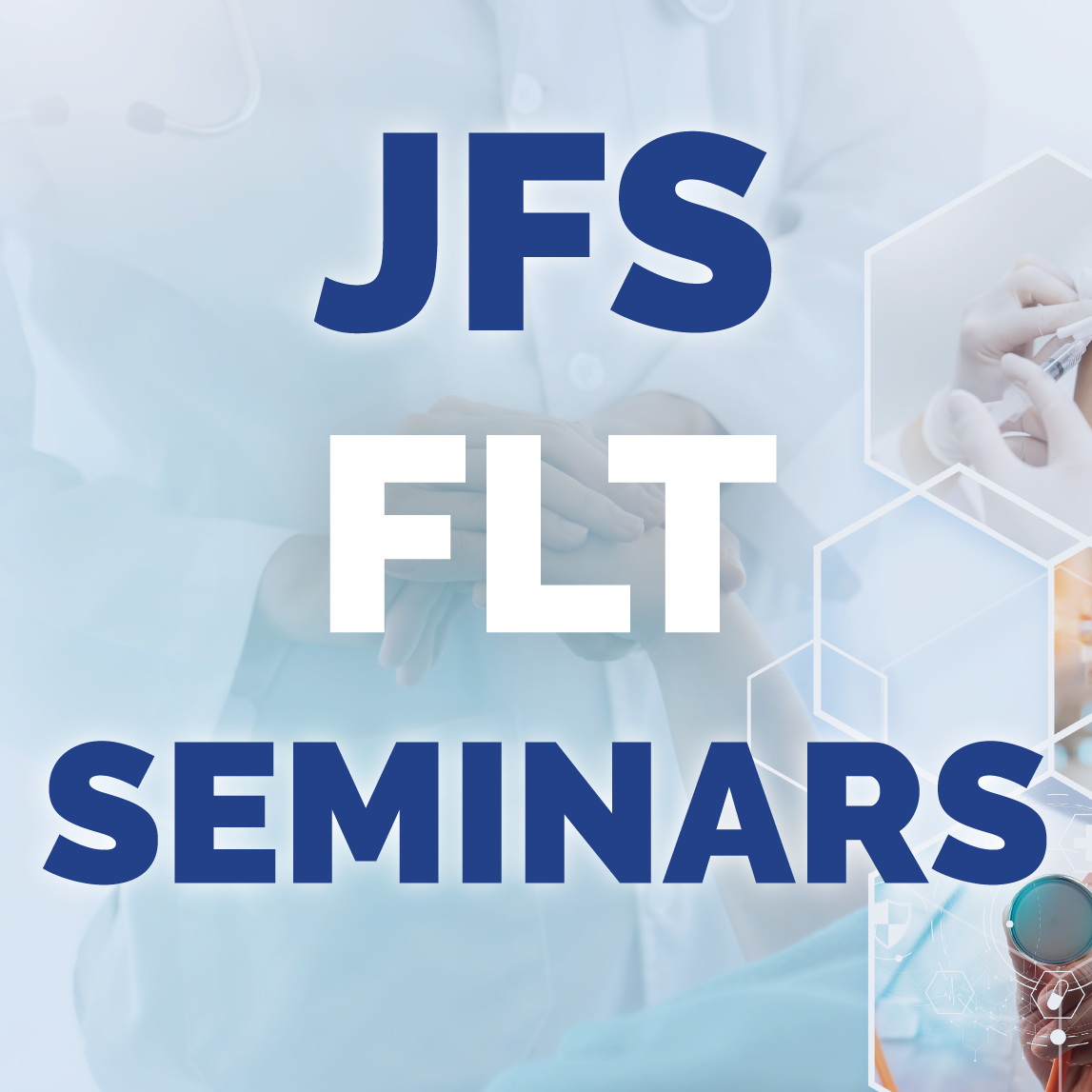Search
Explore content from JFS, ASB, the AAFS Newsfeed, and other content using the search bar or filters.
Testing the efficacy of surface swab sampling to determine postmortem submersion interval ...
Postmortem interval (PMI) estimation contributes valuable information in the medicolegal investigation of decomposed human remains, and estimating the postmortem submersion interval (PMSI) can specifically aid investigations involving victims discovered in aquatic environments. M...
From crime scene to laboratory: A case study of a comprehensive investigation into an IBX...
An explosion in an industrial filtering unit, resulting in a fatality, triggered a comprehensive forensic investigation. Sixteen pieces of evidentiary materials were collected from the scene of occurrence. The chemical residue at the explosion's origin was identified as 2‐Io...
8th Annual Current Trends in Forensic Toxicology Symposium, May 12–16, 2025
Nomination Period Now Open for 2025-26 Academy-Wide Awards
ASB Newsletter – May 2, 2025
ASB Newsletter – April 25, 2025
Issue Information
Micro X‐ray computed tomography (μCT) for forensic investigation of wood
Wood is a common material and is widely used in daily life. Small wood fragments or wooden products are sometimes found at crime scenes as evidence. We investigated the usefulness of micro‐computed tomography (μCT) for forensic wood examination. First, X‐ray and image acquisition...
Silent abuse in the blind spot between medicine and law: A case series of Munchausen...
Munchausen syndrome by proxy is a rare but dangerous form of child abuse in which a caregiver exaggerates, fabricates, or induces medical symptoms in a dependent individual, typically a child. It is of the utmost importance to recognize and address this syndrome, which has signif...
The power of STR discrimination: Two brothers with high‐profile similarity
This report describes a rare case of exceptionally high‐STR profile similarity between two full siblings. The siblings were found to be identical across all 15 autosomal loci analyzed using the PowerPlex® ESI 16 kit. The likelihood of two siblings exhibiting an identical genetic ...
Epic Deals for Members—April 21
Optimizing amplification threshold of low template DNA
Forensic DNA laboratories often face challenges in processing low template DNA samples efficiently. This study aimed to optimize the criteria for amplifying low‐quantity samples by considering DNA concentration, degradation factor, and biological sample type. We analyzed 155 real...
Inter‐laboratory variation in interpretations, comparisons, and statistical analyses of...
DNAmix2021 was a large‐scale inter‐laboratory study conducted to assess variation in interpretations, comparisons, and statistical analyses of DNA mixtures. Analyses were based on 765 responses by 106 participants from 52 labs. Eight distinct DNA mixtures were created, each of wh...
Identification of non‐glandular trichome hairs in cannabis using vision‐based deep...
The detection of cannabis and cannabis‐related products is a critical task for forensic laboratories and law enforcement agencies, given their harmful effects. Forensic laboratories analyze large quantities of plant material annually to identify genuine cannabis and its illicit s...
High Performance Computing Tools to Identify Novel Psychoactive Substances in Toxicology Samples

Analytical Characterization of Emerging Drugs – Practical Approaches to Address Forensic Science Challenges

Forensic Investigative Genetic Genealogy – Part II

Clandestine Synthesis of Methamphetamine: An Overview
